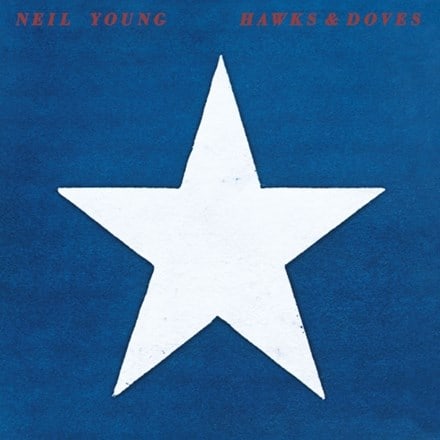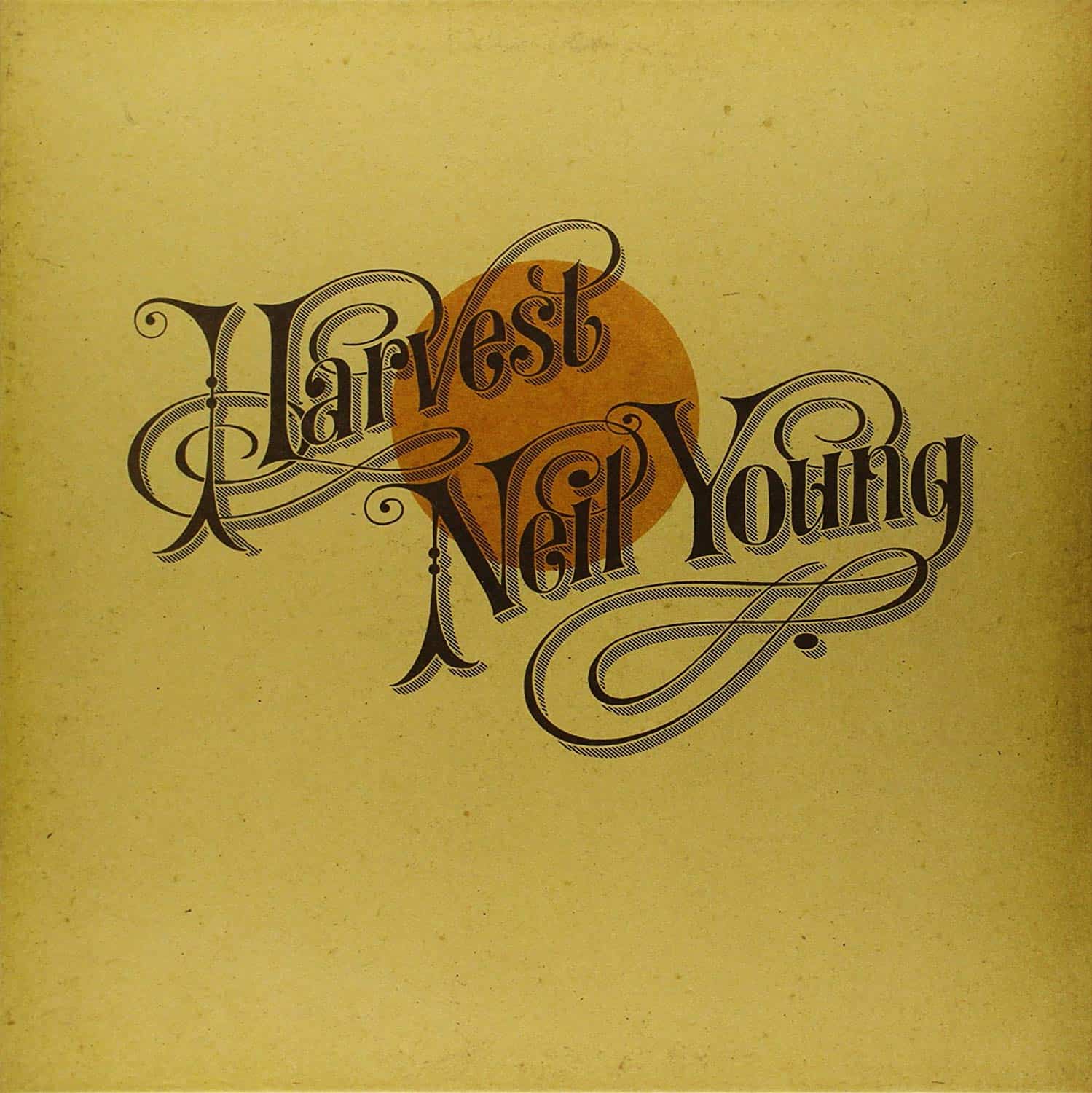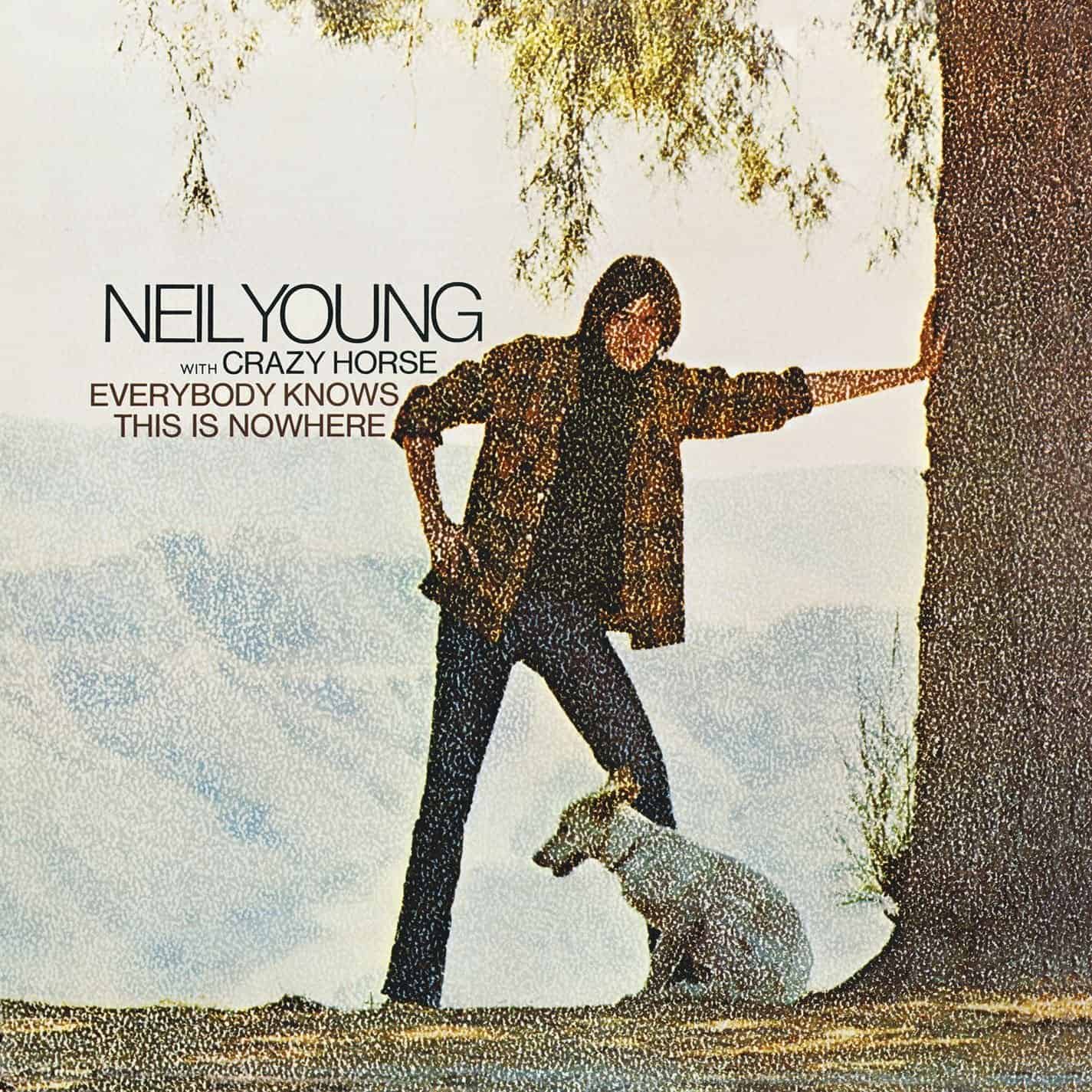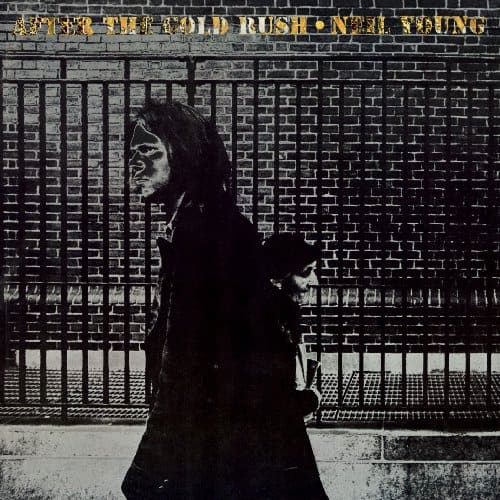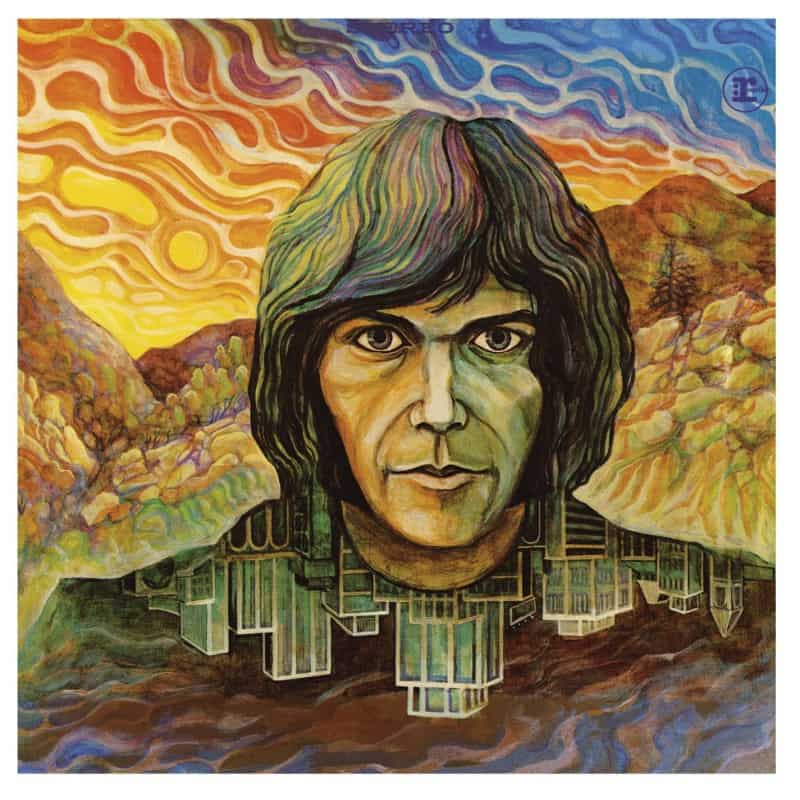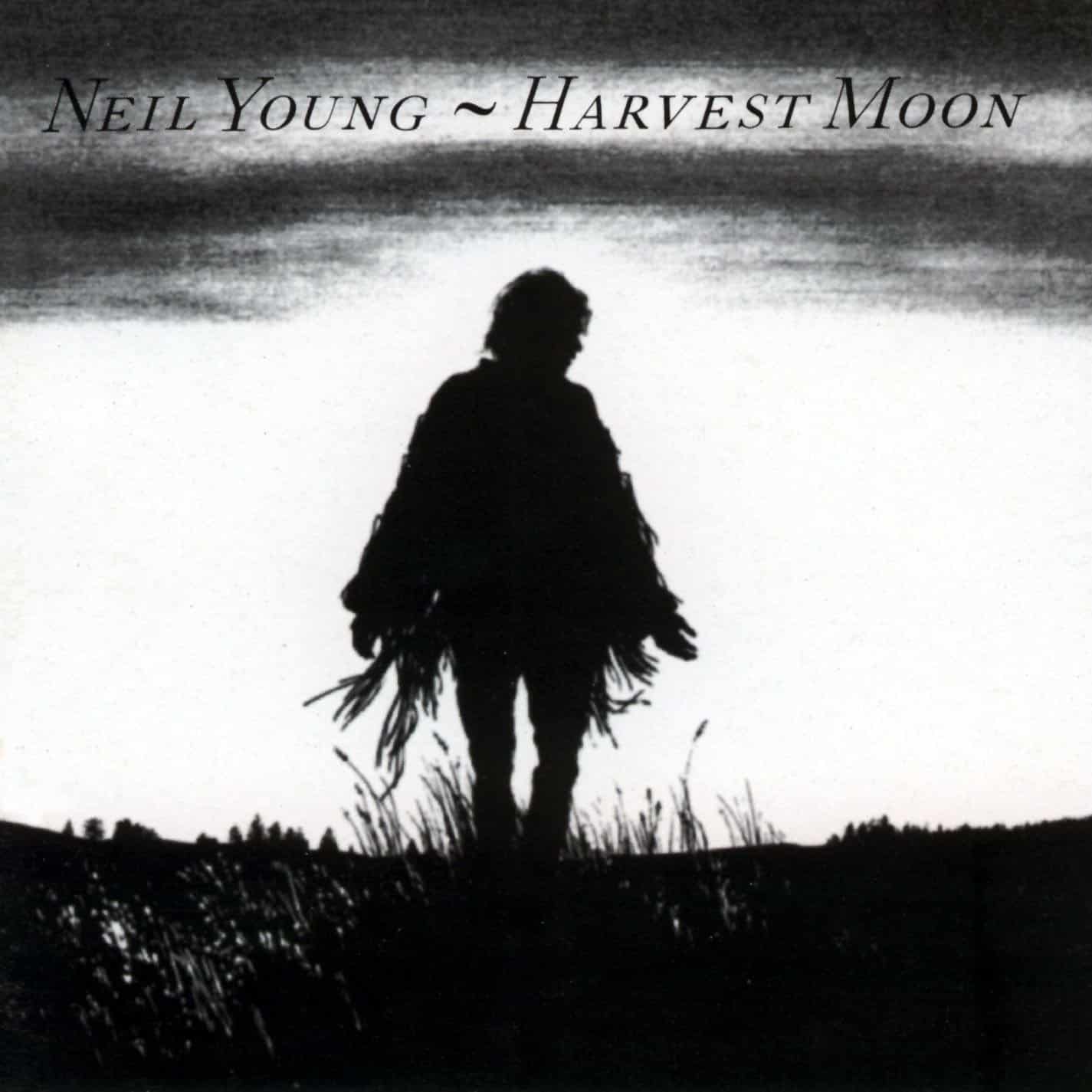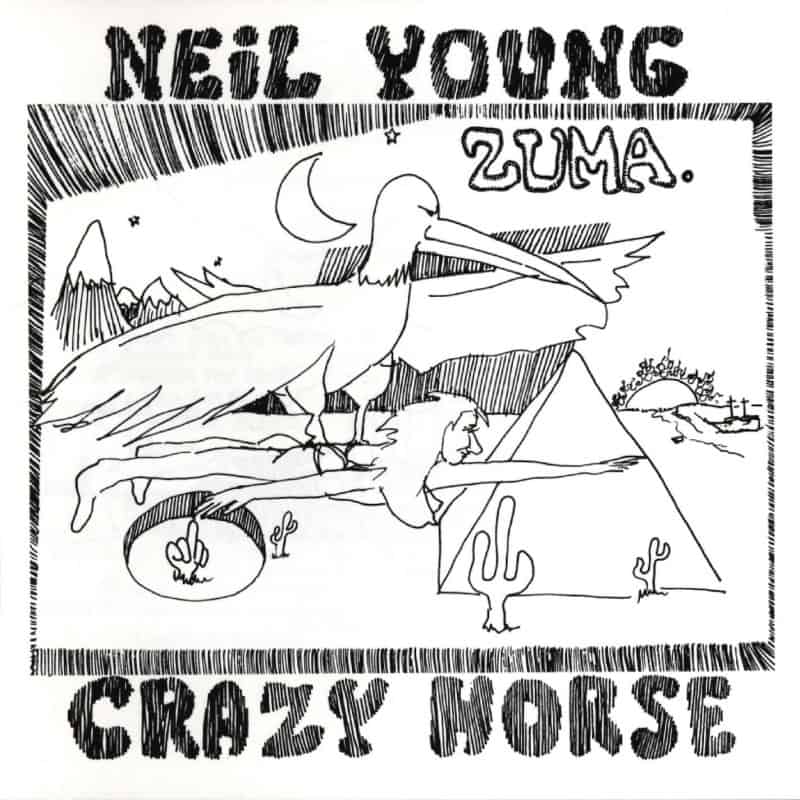Marketplace
2016 Reprise Records PRESSING
- RPM 33 ⅓
- Audio Stereo
- Catalog Number 1-2221
- Release Year 2016
- Vinyl Mastering Engineer Chris Bellman
- Pressing Weight 180g
- Jacket Style Single
- 100% Analog Mastering Yes
Neil Young recorded Tonight’s the Night in 1973 after losing two close friends, Danny Whitten of Crazy Horse and roadie Bruce Berry, to heroin overdoses. Along with guitarist/pianist Nils Lofgren and steel guitarist Ben Keith, drummer Ralph Molina and bassist Billy Talbot formed the Santa Monica Flyers as the band that accompanies Young on most of the album. Molina and Talbot had been with Whitten in Crazy Horse.
Tonight’s the Night is often times a dark record. Its looseness—tempos shift and Young’s voice strains—reflect both the grief the Canadian native felt at losing kindred spirits and the sorrow he experiences as the ideals of the 60s fade. Yet there are times when he and his collaborators work through their pain in the best way they know—by playing. In these moments, and through the album’s overall aura, Young affirms life through his sadness.
Young and producer David Briggs recorded a majority of the set at a rehearsal space in Studio Instrument Rentals, a business Berry started with his brother, Ken. Chris Bellman’s mastering does a better job than the original pressing of capturing the venue’s vibe and dimensions. The original promotional copy I used as a comparison fares well, but Bellman’s mastering cleans up the sound and expands it.
Bellman succeeds in bringing sharpness and detail to the instruments and voices. A tremendous amount of bass distinguishes “Tonight’s the Night” on the original, but the 2016 pressing highlights individual notes and exposes each finger stroke on the strings. Young’s voice has a somewhat diffuse quality on the older pressing. On the reissue, it is centered and cleanly focused.
By extension, Young’s piano on “Speakin’ Out” is now harmonically richer, and on “Borrowed Tune,” it fully surrounds his voice and emphasizes the poignancy of his singing. Lofgren’s guitar, especially its overtones during solos, sparkles and forcefully cuts through the mix. Cymbal splashes and snare hits are also stronger, fuller, and more sustained.
“Come on Baby Let’s Go Downtown,” recorded at the Fillmore East, sounds more spacious and live on Reprise’s new pressing. The guitars possess a louder, cruder, more tube-amp-overdriven flavor. Whitten’s lead vocal is set off from that of Young, and Talbot’s bass lines push the song with extra conviction.
On the original pressing, Talbot’s bass sounds wooly on “Roll Another Number (For the Road)” and Molina’s drums reserved and in the background. Bellman pulls up the percussion and gives the bass lines needed definition, which also brings more focus to Young’s voice. Ben Keith’s pedal-steel lines also more clearly register. And the new pressing brings added balance to the instruments; you can now hear the fine subtleties of Keith’s playing.
Bellman also smooths out some of the highs. For example, Young’s harmonica solo on “Albuquerque” is too shrill at the top end on the original, but here, it’s clear and strong without being grating. Throughout, the new pressing is more layered and complex. It lets you hear the tenderness in Young’s voice on “New Mama” as well as his anger and anguish on the versions of the title song that open and close the LP.
In sum, Bellman has left the rawness of Tonight’s the Night in tact while letting the music breathe and making it more emotionally and sonically immediate. Among Neil Young’s many great recordings, this is perhaps his most gripping and honest effort—and this pressing is the one to have.
Tonight’s The Night
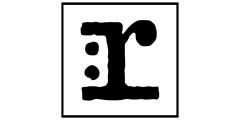
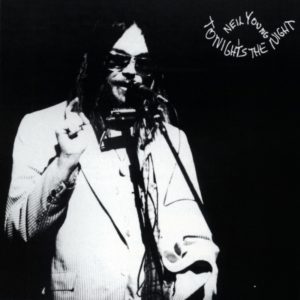
 5
5
